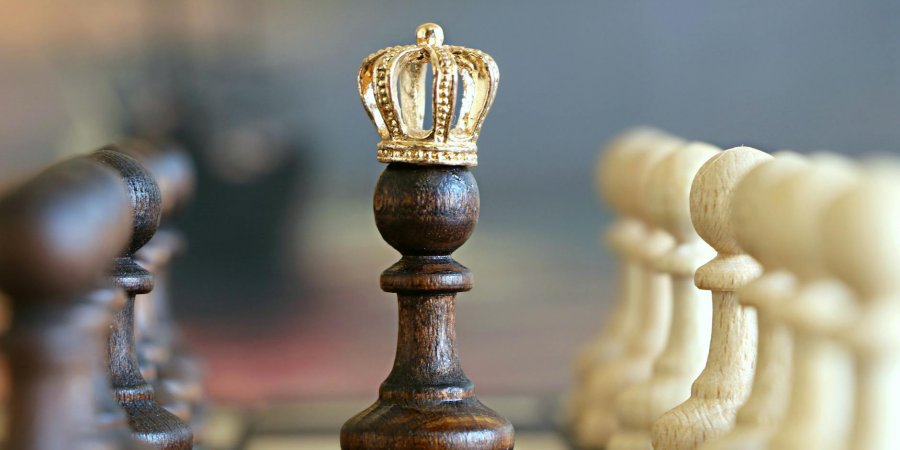

Chess, as we know it today, was born out of the Indian game chaturanga before the 600s AD. The game spread throughout Asia and Europe over the coming centuries, and eventually evolved into what we know as chess around the 16th century. One of the first masters of the game was a Spanish priest named Ruy Lopez.
The earliest known version of chess, known as chaturanga, originated in India approximately 1,500 years ago; its past is unknown. It traveled from India to Persia, where it underwent changes to its forms and regulations, eventually taking on the form of Shatranj. Chess was adopted by the Muslim world after the Arab invasion and conquest of Persia, and it eventually made its way to Europe via Spain (Al Andalus) and Italy (Emirate of Sicily). By the year 1500 CE, the game had essentially taken on its modern form.
From the late 1700s until the 1880s, "romantic chess" was the most popular style of play.During this time, short-term tactical moves were prioritized above long-term strategic planning in chess matches [1].[1] The Romantic age of theater was succeeded by.
Historical forerunners and associated games
The history of chess is still up for debate. Before the sixth century ce, there is no reliable evidence that chess existed in a form similar to the contemporary game. Since then, game pieces discovered in Pakistan, China, India, Central Asia, Russia, and other places that have been proven to be older than that are thought to have originated from previous, distantly related board games, which frequently used dice and occasionally had playing boards with 100 or more squares.
A war game known as chaturanga, which derives from the Sanskrit term for a combat formation found in the Indian epic Mahabharata, was among those early games. By the seventh century, chaturanga was a thriving game in northwest India, and it is thought to be the first ancestor of modern chess because it.
A form of chaturanga or shatranj made its way to Europe by way of Persia, the Byzantine Empire, and, perhaps most important of all, the expanding Arabian empire. The oldest recorded game, found in a 10th-century manuscript, was played between a Baghdad historian, believed to be a favourite of three successive caliphs, and a pupil.
Muslims brought chess to North Africa, Sicily, and Spain by the 10th century. Eastern Slavs spread it to Kievan Rus about the same time. The Vikings carried the game as far as Iceland and England and are believed responsible for the most famous collection of chessmen, 78 walrus-ivory pieces of various sets that were found on the Isle of Lewis in the Outer Hebrides in 1831 and date from the 11th or 12th century. See Figure 2.
Chess and dice games were periodically banned by kings and religious leaders. For example, King Louis IX forbade the game in France in 1254. However, the game’s popularity was helped by its social cachet: a chess set was often associated with wealth, knowledge, and power. It was a favourite of Kings Henry I, Henry II, John, and Richard I of England, of Philip II and Alfonso X (the Wise) of Spain, and of Ivan IV (the Terrible) of Russia. It was known as the royal game as early as the 15th century.
